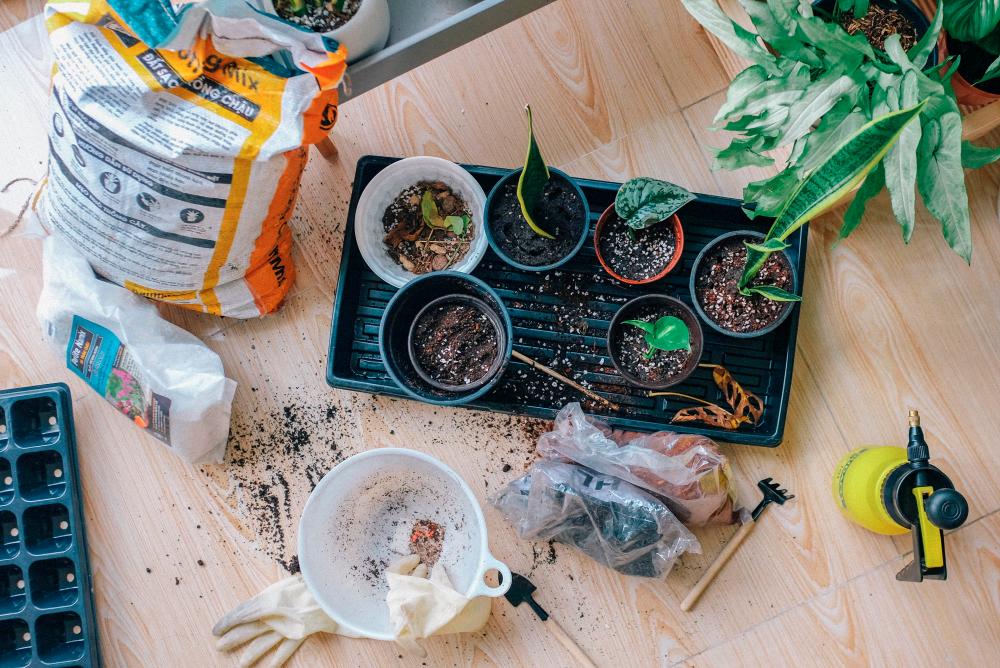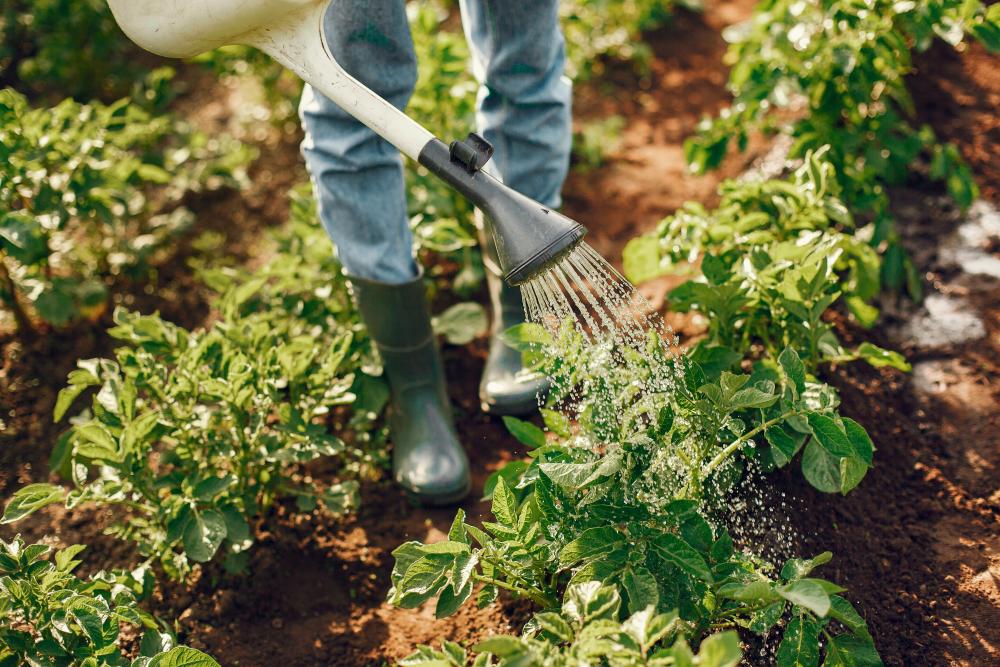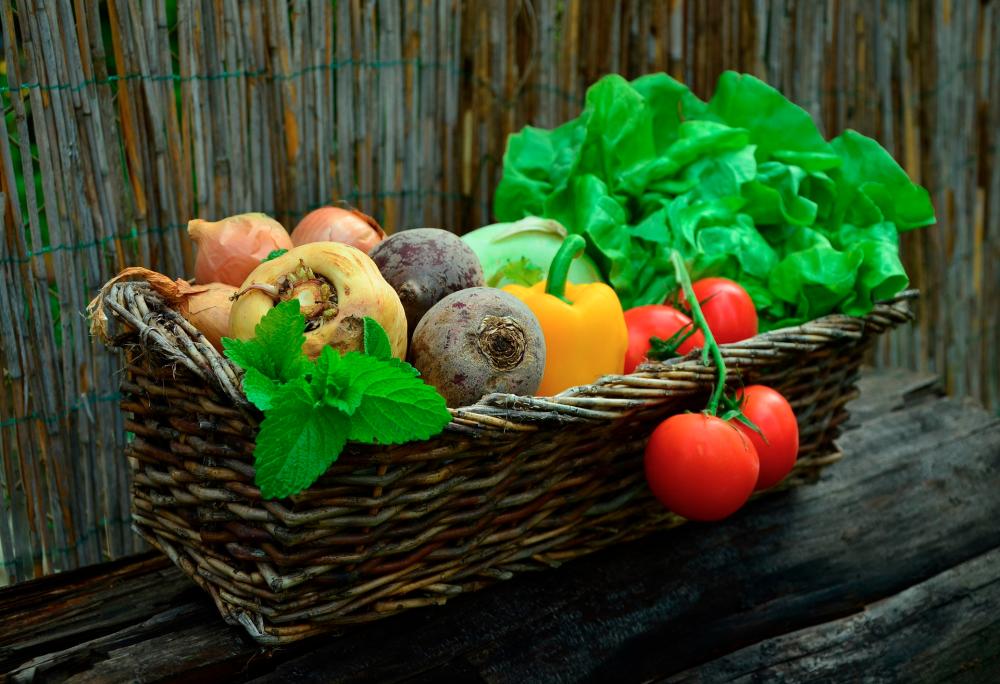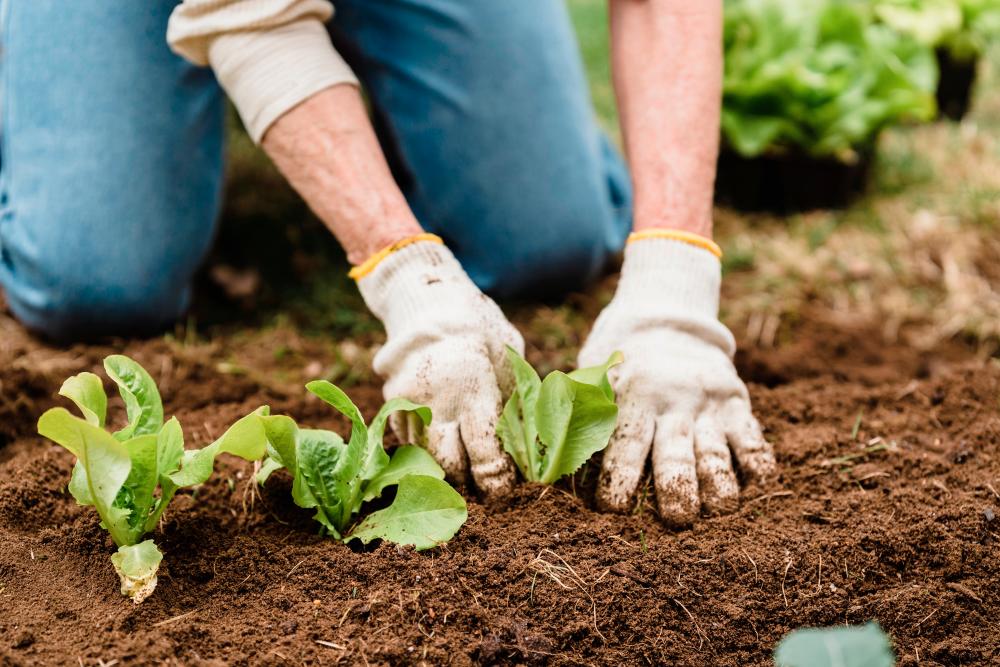WONDERING how to start a garden? Well, starting a garden is one of the most satisfying and enjoyable activities possible. Everyone can benefit from getting their hands dirty, regardless of whether they plant beautiful aromatic flowers or vegetables, or perhaps both.
Inexperienced gardeners may find it challenging to know where and how to begin. Nonetheless, it does not have to be difficult; by breaking your task into manageable steps, you may garden at your own pace.
You will soon be rewarded for your efforts with vibrant flowers, and also delectable flavours. These stages can help you get your garden off the ground, but if you have your own specific vision in mind, a garden plan can help you realise it.

Plan your garden
Before starting, you should identify yourself with your garden’s location. One of the most common mistakes made by amateur gardeners is designing a space that is impractically huge to maintain. When your first try with a little garden is successful, it is simple to extend it from year to year. Start with a 6 x 8 ft area and develop from there.
Choose a place that receives the most amount of sunshine possible. Determine whether the area faces south or north. Knowing where the sun hits the ground and understanding the sort of soil it has can help you select what to grow. Note that you will also need to water your garden. As you will be using either a hose or a watering can, close proximity to water sources is also advantageous.
Not having a backyard is not a problem! Many veggies and plants thrive in large pots and containers. Choose a balcony or porch that is bright and sunny, as you will still need plenty of sunlight.
Remember, planning is a crucial part of any overall project, not just for gardening, but also for other things.
Create garden space
After selecting the site, it is time to dig in and clear the ground! Utilise a garden spade or metal pitchfork to dig into the earth and loosen it. Be sure to remove as many stones as possible, as well as all grass and weeds, so that you can start from scratch. Break up any huge clumps of soil so that the roots of your plants can establish themselves firmly. The use of compost and other organic materials will improve soil quality and increase yields.
Pick your plants and supplies
Consider their eventual size when choosing plants for your garden, and if you wish to grow vegetables, choose vegetables and herbs that may be used in cooking, such as tomatoes, peppers, lettuce, basil, sage, and thyme.
When planting, it is always a good idea to get a bag of potting soil. Compost and peat moss are available in most garden centres and nurseries.
Apply a slow-release, all-purpose fertiliser twice: once during planting, and again during mid-year. This will give sufficient feed for a prosperous harvest.
Whether you intend to plant something in the ground or in a flower pot, it is essential to choose plants that thrive in your environment. This includes placing sun-loving plants in a sunny location, selecting heat-tolerant plants in warm climates, and giving ground-eating vines such as pumpkins and melons adequate space or a trellis on which to climb. Do your research and choose the kinds that will thrive in your environment and available space.
Another beginner method of starting your garden is to buy young plants, called ‘set plants’ or ‘transplants’, available in almost all nurseries. Dig holes in your prepared bed based on tag instructions. Remove plants from the container by pushing them up from the bottom. If the roots have grown into a big ball, use an old fork or your fingers to untangle some outer roots before setting them into the hole. Pat soil into place around the roots, then soaks the soil with water.

Watch ‘em grow
Keeping a close check on a vegetable garden is crucial for its success. Observe discolouration, wilting, and insect damage as indicators of disease. As required, support huge plants with stakes and keep air moving around their bottom leaves. To ensure ongoing production, harvest the fruit when ripe.
Most importantly, water your vegetables and herbs (in gardens or flower pots) frequently. Since your ideal garden would be in full sun, your plants will require copious amounts of water. In the summer, water every two or three days when the soil is dry one inch below the surface. The simplest approach to determine whether your plants want water is to insert your finger into the soil; if it feels dry, it’s time to water.

Maintain and harvest
Help your garden reach its greatest potential by keeping up with garden maintenance as it grows. Before the plants wilt, water them. Remove weeds before they produce seeds. Get rid of unhealthy and decaying vegetation. Eliminate pests by taking them off the plant, or applying insecticidal soap that you can obtain from a nursery shop or nearby store.
To obtain the maximum flavour and health advantages of your vegetables and herbs, harvest them when they are ripe, utilise them when fresh or dried as directed, and do not overcook them in recipes.













